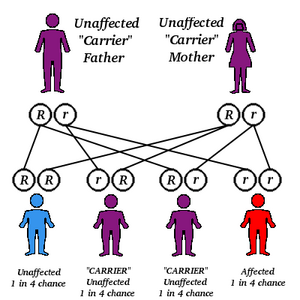Byline: G. Kulkarni
We regret to inform that Dr. J. K. Mahapatra [Figure 1] passed away on 22 February 2005 at Rourkela, He was Head of Occupational Health at SAIL Corporate office Ranchi from 1986 to 1998.He was the leader behind establishing OHS Services in SAIL. He has served IAOH with great dedication and passion as general secretary of Indian Association of Occupational Health (1983-1986) and subsequently as national president of IAOH in the year 1992. Dr. Mahapatra, a cultured man with great compassion for workforce, who deeply cared for preventing occupational ill-health. He was a true professional and role model for many of us. Our condolences to Mrs. Jyoti Mahapatra and family members who have been a source of great strength and support during his career and the latter days of his illness.
References
1. Cohen EN, Brown BW, Bruce DL. Occupational disease among operation room personnel - A National Study. Anesthesiology 1974;41:321-40.
2. Perry P, Evans HJ. Cytological detection of mutagen-carcinogen exposure by sister-chromatid exchange. Nature 1975;258:121-5.
3. Tucker JD, Auletta A, Cimino MC, Dearfield KL, Jacobson-Kram D, Tice RR, et al . Sister-chromatid Exchange: Second report of the Gene-Tox program. Mutat Res 1993;297:101-80.
4. Wulf HC. Monitoring of genotoxic exposure of humans by the sister-chromatid exchange test. Danish Med Bull 1990;37:132-43.
5. Howell RT. Sister-chromatid exchange evaluation as an aid to the diagnosis and exclusion of Fanconi's anemia by induced chromosome damage analysis. J Med Gene 1991;28:468-71.
6. Schvartzman JB, Gutierrez C. The relationship between cell time available for repair and the effectiveness of a damaging treatment in provoking the formation of sister-chromatid exchanges. Mutat Res 1980;72:483-9.
7. Tice R, Chaillet J, Schneider EL . Evidence derived from sister-chromatid exchanges of restricted rejoining of chromosome sub-units. Nature 1975;256:642-4.
8. Sasaki MS. Sister-chromatid exchange and chromatid exchange as possible manifestation of different repair processes. Nature 1977;269:623-5.
9. Arakaki DT, Sparkes RS. Microtechnique for culturing leucocytes from whole blood. Cytogenetics 1963;2:57-60.
10. Perry P, Wolff S. New Giemsa method for the differential staining of sister-chromatids. Nature 1974;251:156-8.
11. Gray WM. Occupational exposure to nitrous oxide in 4 hospitals. Anesthesia 1989;44:511-4.
12. Husum B, Wulf HC. Sister chromatid exchanges in lymphocytes of operating room personnel. Acta Anesthesia Scandinavia 1980;24:22-4.
13. Holmberg K, Lambert B, Lindsten J, Soderhall S. DNA and chromosomal alterations in lymphocytes on operating room personnel, and in patients before and after inhalation anesthesia. Acta Anesthesia Scandinavia 1982;26:531-9.
14. Lamberti L, Bigatti P, Ardito G, Armellino F. Chromosome analysis in operating room personnel. Mutagenesis 1989;4:95-7.
15. Bozkurt G, Memis D, Karabogaz G, Pamukcu Z, Ture M, Karamanlioglu B, et al . Genotoxicity of waste anesthetic gases. Anaesth Intensive Care 2002;30:597-602.
16. Sardas S, Cuhruk H, Karakaya AE, Atakurt Y. Sister-chromatid exchanges in operating room personnel. Mutat Res 1992;279:117-20.
17. Karelova J, Jablonicka A, Gavora J, Hano L. Chromosome and sister-chromatid exchange analysis in peripheral lymphocytes and mutagenicity of urine in anesthesiology personnel. Int Arch Occup Environ Health 1992;64:303-6.
18. Bilban M, Jakopin CB, Ogrine D. Cytogenetic tests performed on operating room personnel (the use of anesthetic gases). Int Arch Occup Environ Health 2005;78:60-4.
19. Natarajan D, Santhiya ST. Cytogenetic damage in operation theater personnel. Anesthesia 1990;45:574-7.
20. Schvartzman JB, Tice RR. In : Sister-Chromatid Exchange . 5-Bromodeoxyuridine and its role in the production of sister-chromatid exchanges. Alan R Liss Inc; 1982. p.
COPYRIGHT 2005 Medknow Publications
COPYRIGHT 2005 Gale Group



